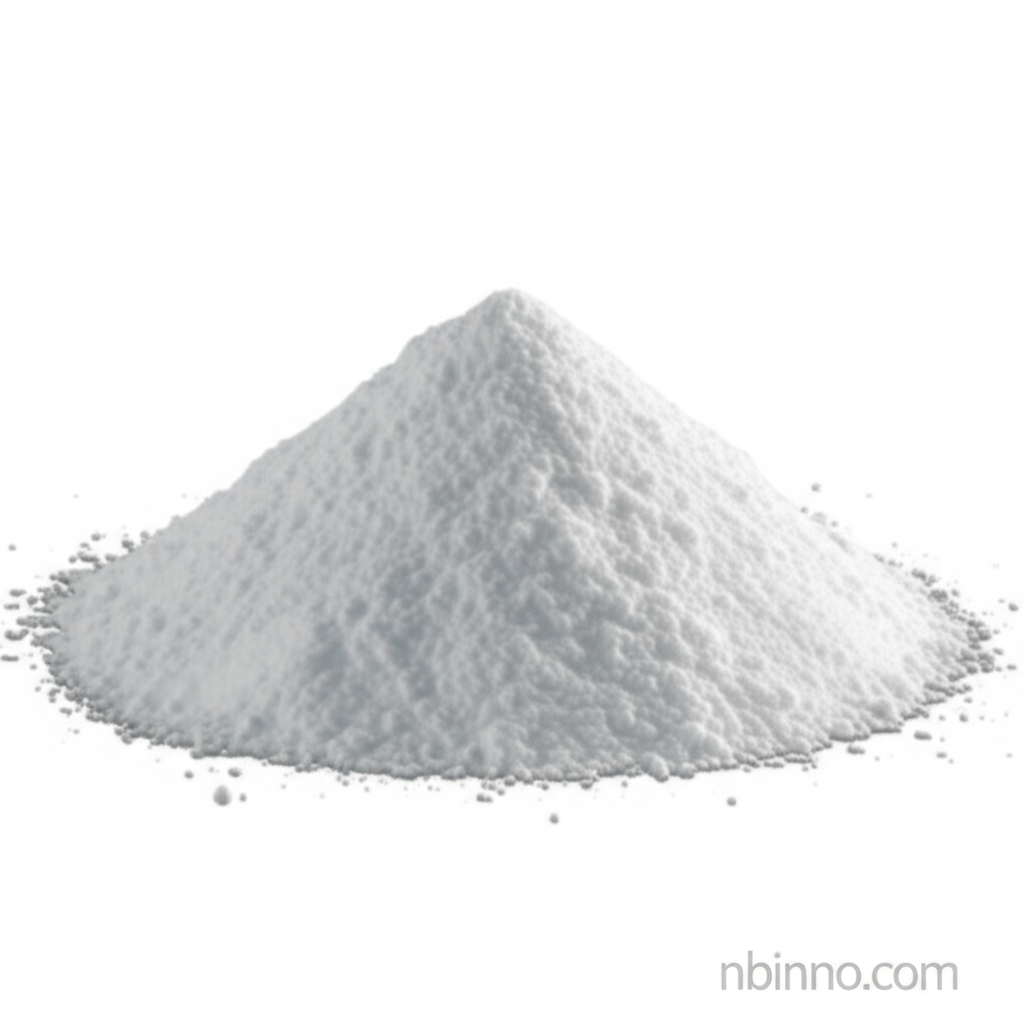Cysteamine Hydrochloride: A Key Pharmaceutical Intermediate
Explore the essential properties and diverse applications of Cysteamine Hydrochloride (CAS 156-57-0), a vital compound in modern pharmaceuticals.
Get a Quote & SampleProduct Core Value

Cysteamine Hydrochloride
Cysteamine Hydrochloride is a crucial organosulfur compound with the chemical formula C2H8ClNS and a molecular weight of 113.61 g/mol. It is recognized for its unique chemical structure, featuring both amine and thiol functional groups, which contribute to its broad utility.
- Understanding the chemical properties of cysteamine hydrochloride is fundamental for its effective application in pharmaceutical synthesis. This compound typically appears as a white crystalline powder with a characteristic odor.
- The treatment for cystinosis is a primary application where cysteamine hydrochloride plays a vital role. It acts by reducing the intracellular accumulation of cystine crystals.
- Leveraging the antioxidant properties of cysteamine hydrochloride contributes to its use in various therapeutic areas. Its ability to scavenge free radicals makes it valuable in preventing cellular damage.
- The growing demand in dermatological applications highlights the versatility of cysteamine hydrochloride. It is increasingly utilized in skin treatments for its regenerative and depigmenting effects.
Key Advantages
Therapeutic Efficacy
Cysteamine hydrochloride is instrumental in managing cystinosis, a rare genetic disorder, by preventing kidney damage caused by cystine crystal buildup.
Antioxidant Power
Its potent antioxidant capabilities make it effective in protecting cells from oxidative stress, a key factor in many diseases and aging processes.
Versatile Intermediate
As a pharmaceutical intermediate, cysteamine hydrochloride serves as a building block for numerous active pharmaceutical ingredients and complex molecules.
Key Applications
Pharmaceutical Intermediates
Essential for the synthesis of various drugs, particularly for rare diseases, making it a critical component in drug development.
Dermatological Treatments
Used in topical formulations for skin lightening, treating hyperpigmentation, melasma, and improving overall skin health.
Antioxidant Therapy
Provides cellular protection against oxidative damage, with applications in various therapeutic areas requiring antioxidant support.
Biotechnology Research
Its unique chemical properties make it a subject of interest in biotechnology for developing new therapeutic agents and biochemical processes.
